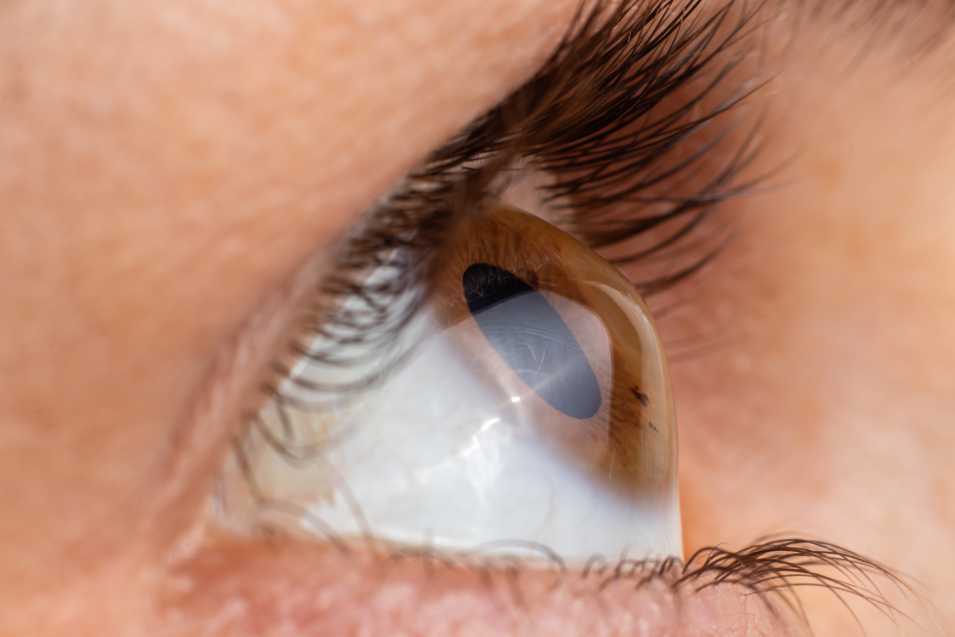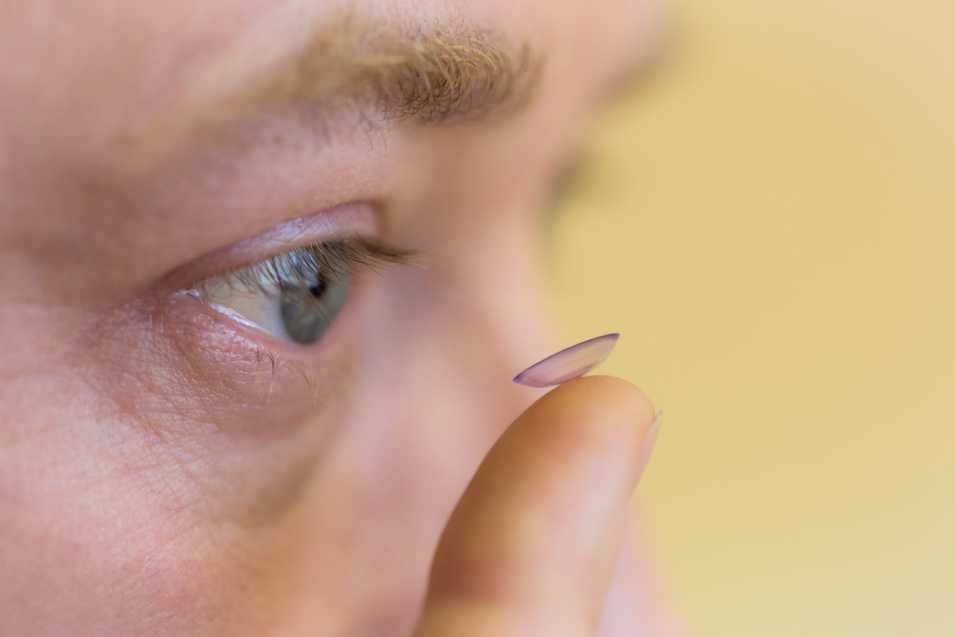Corneal Refractive Therapy is a treatment used to correct vision problems in individuals who do not respond to glasses or contacts. It is a non-surgical, reversible treatment that is less invasive than LASIK surgery. In some cases, it can be used to correct farsightedness.
Corneal Reshaping
Corneal reshaping during the treatment of myopia has been associated with a slowing of the progression of myopia in children. In a two-year study, known as the Corneal Reshaping and Yearly Observation of Nearsightedness (CRAYON), researchers found that children with myopia who wore corneal reshaping lenses had a slower rate of axial length and vitreous chamber depth change than their counterparts with soft contact lenses.
This method involves using contacts that have been properly created and worn during the night to gently reshape the cornea. Although this treatment can be extremely effective, the effects will vary from person to person. Patients may experience significant improvements in their vision within a few days.
It is reversible
Corneal Refractive Therapy, often known as CRT, makes use of custom-made contact lenses to subtly alter the cornea’s shape. It is not a surgical procedure, so there is no risk of infection or a bad outcome.
It is a great option for active teens and people who want to avoid wearing lenses during the day. Patients generally experience better vision within 10 to 14 days.
One of the most notable benefits of Corneal Refractive Therapy is its reversibility. This is important because discontinuation of the treatment can adversely affect the vision the next day. However, the procedure is completely reversible, and patients can return to wearing contact lenses or glasses if necessary.
It is non-surgical
Corneal Refractive Therapy (CRT) is a non-surgical process that uses a specially designed lens to gently reshape the eye’s front surface to improve vision.
It can correct nearsightedness, astigmatism, or both. Patients simply wear a special lens at night, gradually adjusting the cornea. This process is comfortable, non-invasive, and easy to care for.
CRT has been FDA-approved for myopia and astigmatism and can be used on people of all ages. CRT is a good option for people who want a permanent solution but do not want to wear contact lenses while sleeping.
It is less invasive than LASIK surgery
Corneal Refractive Therapy surgery involves the use of a laser and blade to reshape the cornea. This procedure is less invasive than LASIK and has very few risks. Patients can usually return home the same day. During the procedure, the patient will be required to wear a protective contact lens.
LASIK surgery requires a thin flap to be lifted up from the surface of the cornea. The surgeon will use a laser to reshape the cornea and then fold the flap back into place. After the procedure, the flap will heal and the patient’s vision should be improved.
This procedure can take less than 30 minutes to perform on each eye. However, patients should note that the surgery can cause astigmatism.

It is less invasive than Ortho-K
Corneal Refractive Therapy is a surgical procedure that reshapes the cornea. This procedure is less invasive than Ortho-K. Patients can go through the procedure as many times as they wish. However, there are some risks associated with this procedure.
Corneas revert to their original shape if the treatment is stopped. This can cause serious problems with vision, especially for young children.
Corneal Refractive Therapy is less painful than Ortho-K and can be done for children. A doctor inserts a special lens that is made of highly oxygen-permeable material.
This material allows oxygen to pass through the lens and helps the eye stay healthy during sleep. The Food and Drug Administration has blessed this method, making it a viable option for people who would rather avoid surgery.
Related Article: Facial Surgery
